
Shipping Mixed Media Art: Practical Tips for Safe Delivery
Shipping mixed media art requires careful planning due to its varied materials and textures. Here’s how to ensure your artwork arrives intact:

Shipping mixed media art requires careful planning due to its varied materials and textures. Here’s how to ensure your artwork arrives intact:
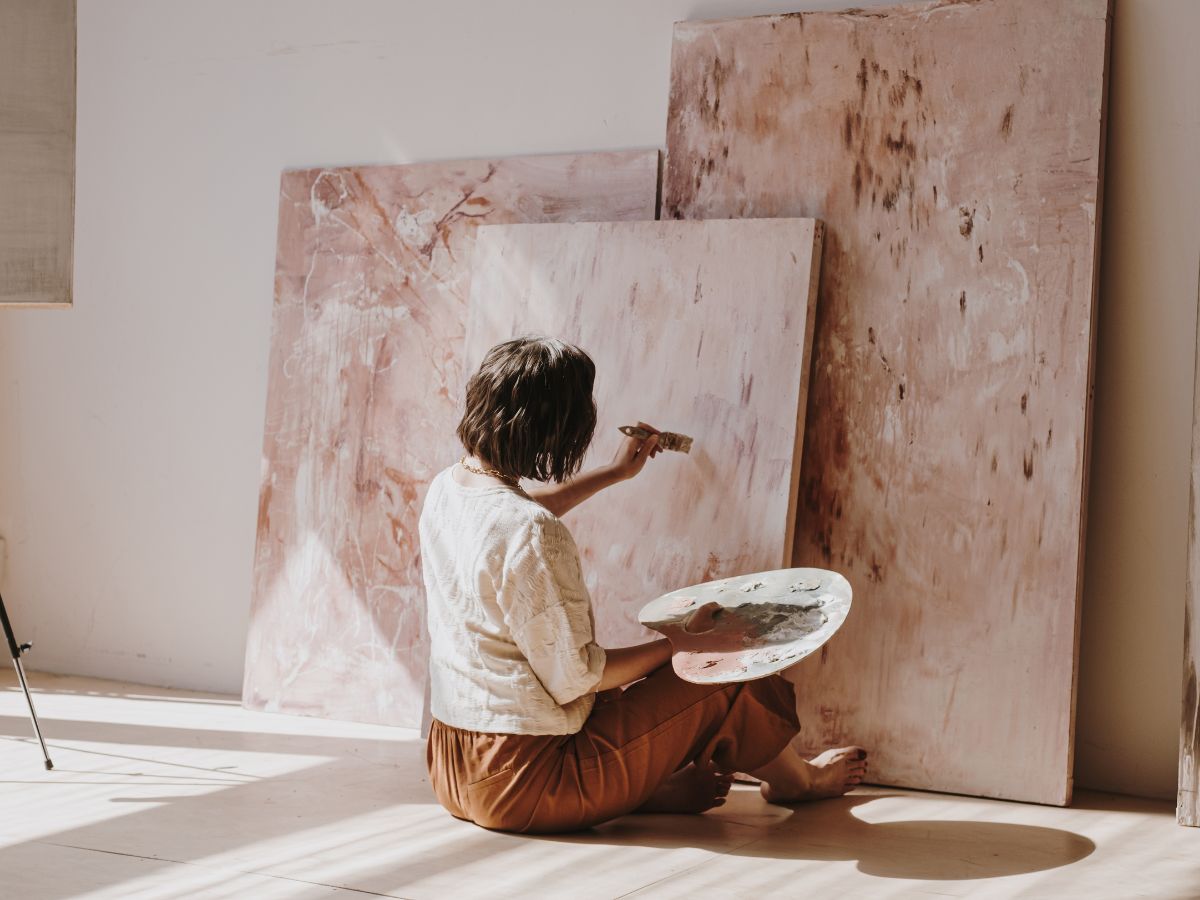
Mass-produced art is everywhere—affordable, accessible, and often stylish. As an independent artist, it can feel like you’re competing with a machine. But here’s the truth: your unique voice, story, and craftsmanship are your strengths.
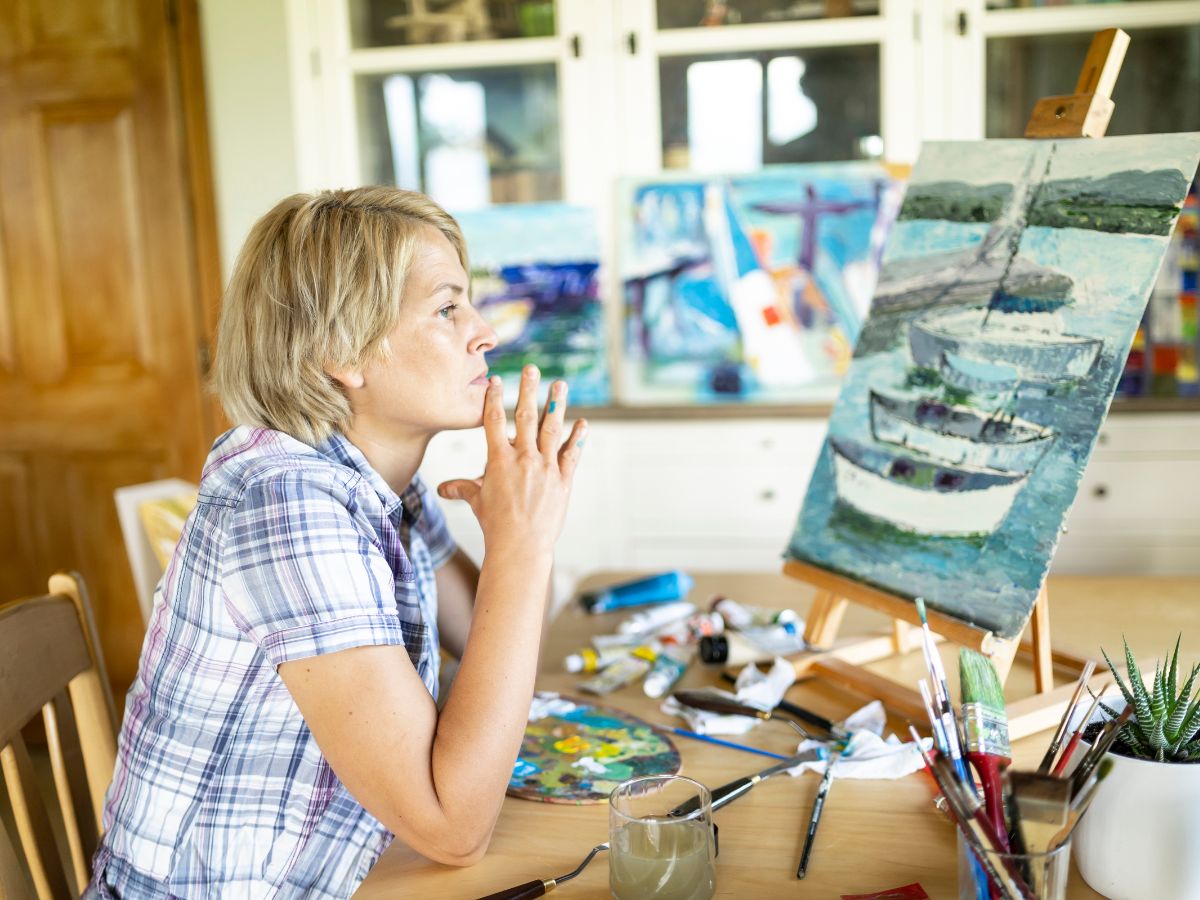
As a visual artist, selling your artwork is important to your career’s success. The two primary channels—traditional art galleries and online platforms—each offer distinct advantages and challenges. Understanding these can help you decide which to use that aligns with your artistic goals and business strategy.
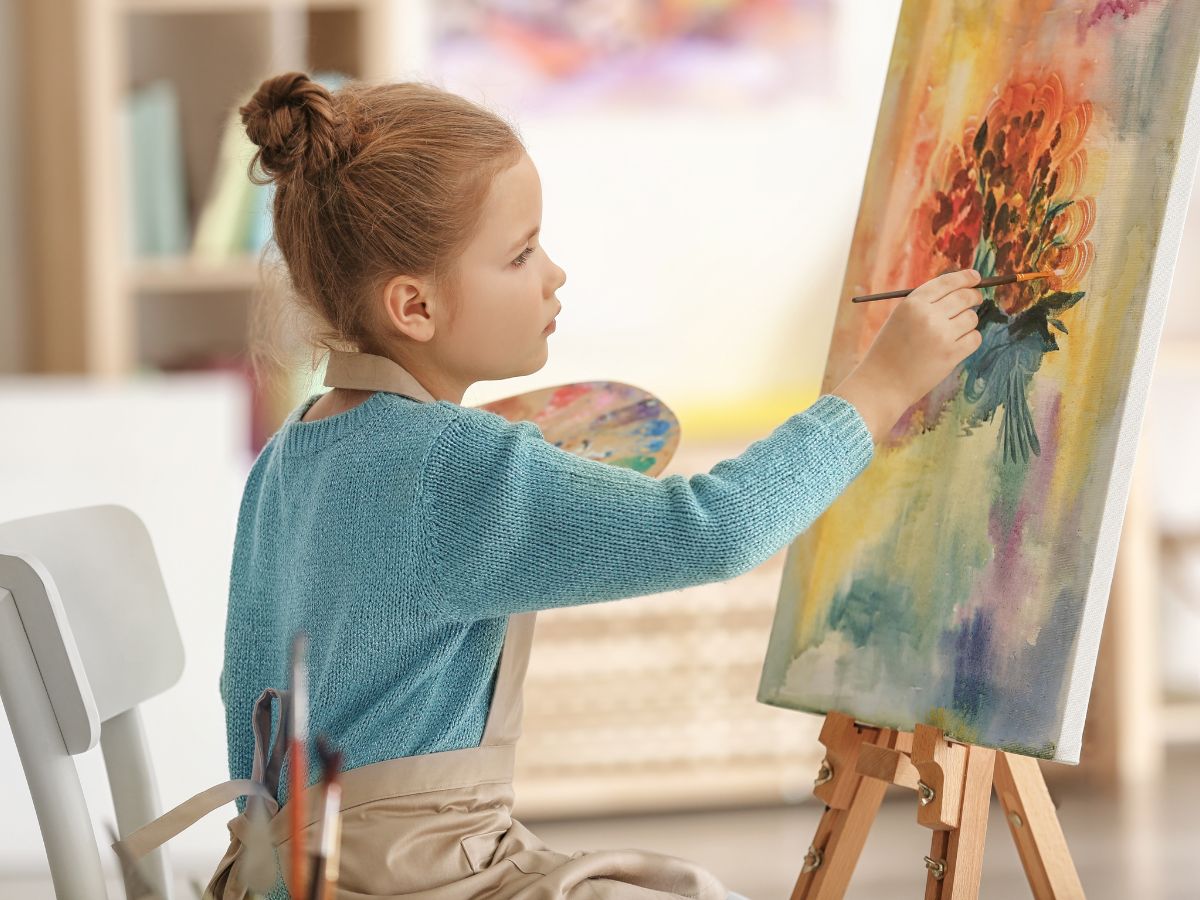
Introducing children to canvas painting offers a unique opportunity to nurture their creativity and self-expression. Using custom-sized canvases can make art projects more engaging and tailored to young artists’ needs. Here are some great ideas for teachers and parents to inspire children:

Establishing a loyal client base is essential for painters seeking sustained success. Loyal clients not only provide repeat business but also become advocates for your work, enhancing your reputation and expanding your reach. Here are several strategies to help you attract and retain devoted clients:
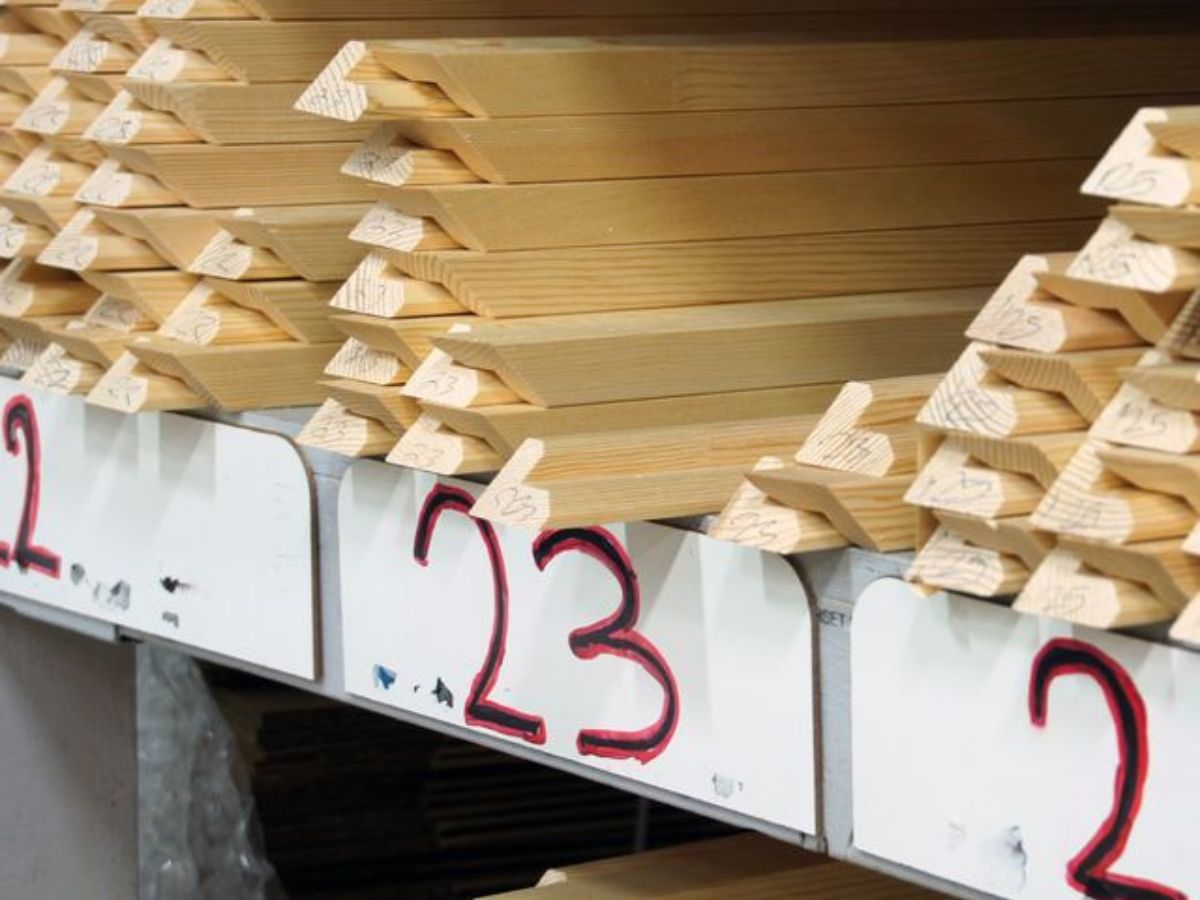
When it comes to creating lasting artwork, the foundation is just as crucial as the paint and brushwork. Stretcher bars form the backbone of any canvas, ensuring that the fabric remains taut, flat, and ready to display. CanvasLot, a reputable manufacturer of custom-sized canvases, offers a range of high-quality stretcher bars designed to meet the different needs of artists.

Starting an art collection can be both exciting and rewarding, offering personal enjoyment and potential financial appreciation. For beginners, this world may seem daunting, but with the right approach, you can build a collection that reflects your tastes and values. Here’s how to get started.
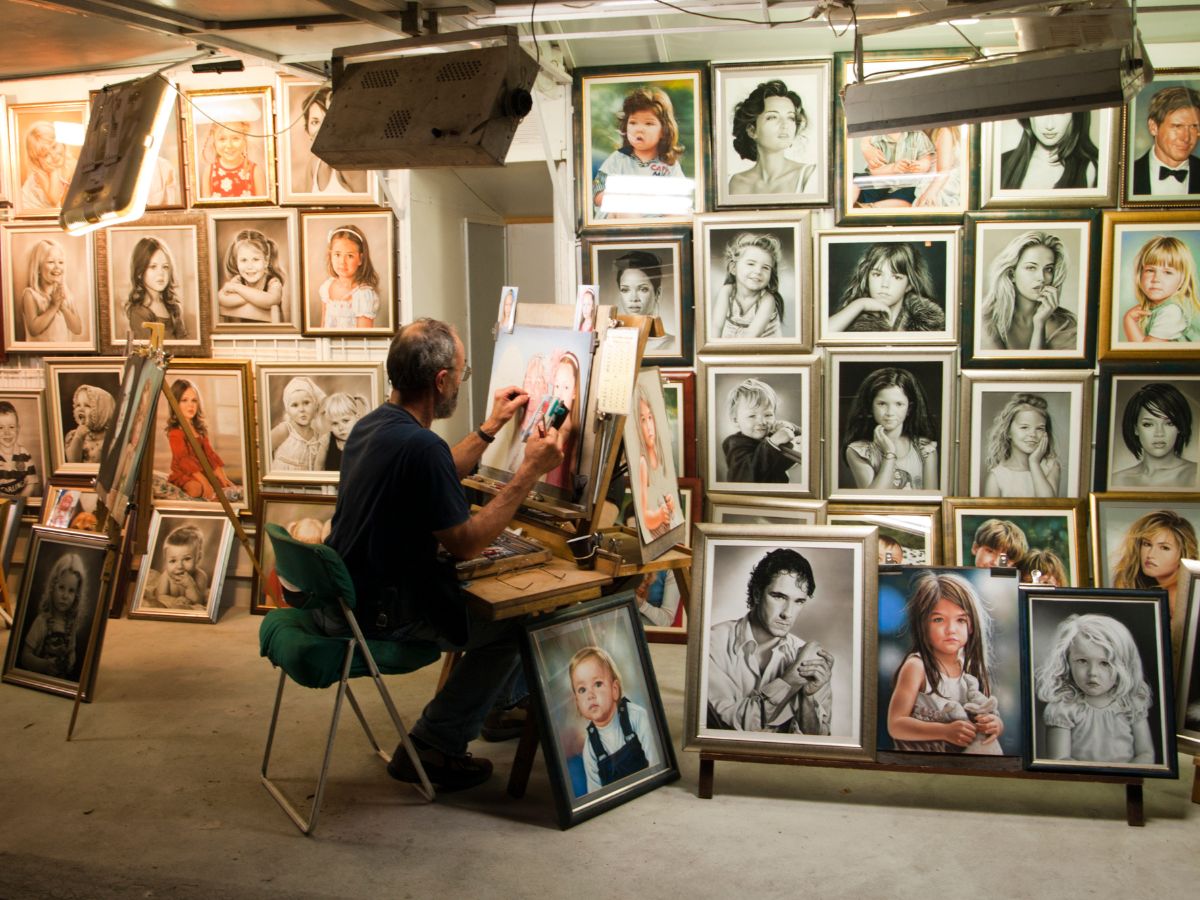
Pricing your artwork appropriately is important for achieving both profitability and sustainability in your artistic career. Striking the right balance ensures that your art is accessible to buyers while adequately compensating you for your time, effort, and creativity. Here’s a guide to help you learn about this crucial aspect of your profession.
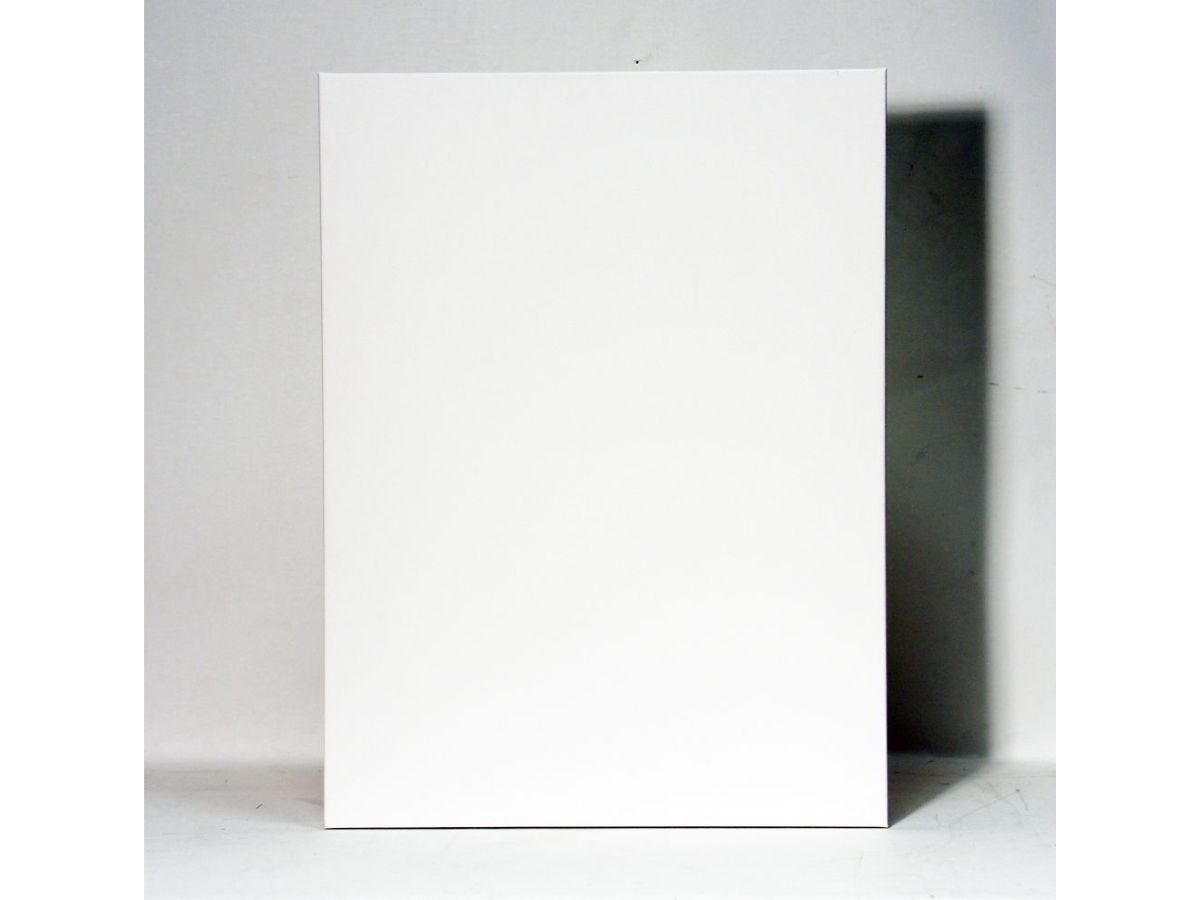
As artists, the tools we choose profoundly influence our creative expression. One such essential tool is the canvas—the very foundation upon which our ideas come to life. Buying custom-sized canvases directly from manufacturers like CanvasLot offers numerous advantages that can significantly enhance the artistic process.

The art industry is a competitive field and painters and other visual artists must proactively enhance their visibility both online and offline. Implementing various strategies can significantly improve an artist’s profile, leading to increased recognition and opportunities.